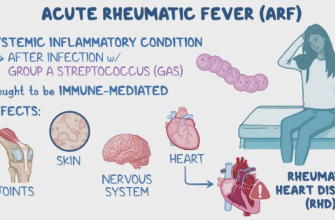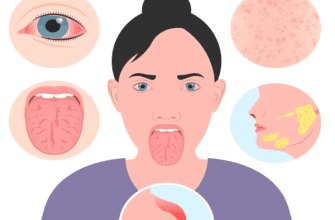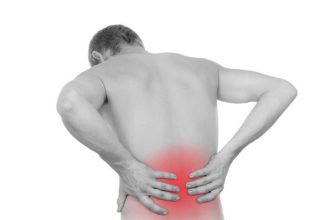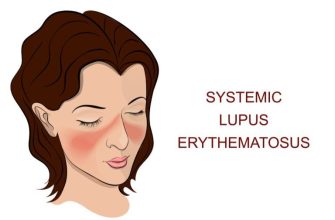Contents
1. Etiology
- Pathogen: Pthirus pubis (pubic louse) — small blood-sucking parasite (1–2 mm).
- Features:
- Lives in pubic, axillary, eyelash, or eyebrow hair.
- Lays eggs (nits) glued to hair shafts.
2. Transmission
- Sexual contact (most common).
- Shared items (towels, bedding, clothing).
- Close body contact (e.g., athletes, children).
High-risk groups:
- Sexually active individuals.
- Those in poor sanitary conditions.
3. Symptoms
- Intense itching in pubic area (worse at night).
- Bluish-gray spots (bite marks).
- Visible lice/nits on hair.
- Skin irritation, possible eczema.
4. Diagnosis
- Visual inspection (magnification helps spot lice/nits).
- Dermatoscopy (microscope exam).
- Wood’s lamp (nits fluoresce white).
5. Prevention
- Avoid close contact with infected persons.
- Don’t share towels/underwear.
- Disinfect bedding/clothing (wash at 60°C).
- Treat all sexual partners simultaneously.
6. Treatment
Medications:
- Permethrin 1% (cream/lotion) — apply for 10 minutes, rinse.
- Malathion 0.5% (shampoo) — leave for 12 hours.
- Oral ivermectin (if topical treatment fails).
Additional steps:
- Remove nits with a fine-toothed comb.
- Treat clothing/bedding with anti-lice sprays.
- Repeat treatment after 7–10 days.
7. How to Recognize?
Red flags:
- Unexplained pubic itching.
- Tiny white nits at hair roots.
- Visible lice (especially after showering).
8. Post-Exposure First Aid
- Within 2 hours:
- Wash thoroughly with tea tree oil soap.
- Launder clothes/bedding in hot water.
- After 3–5 days:
- Check hair for lice/nits.
- If suspected:
- Use OTC pediculicidal shampoo.
9. How to Identify Pubic Lice in Others?
Clues:
- Frequent scratching of pubic/armpit areas.
- Dark specks on underwear (louse feces).
- Inflamed skin in hairy regions.
But:
- Some remain asymptomatic for 2–3 weeks.
- Only finding lice/nits confirms infection.






